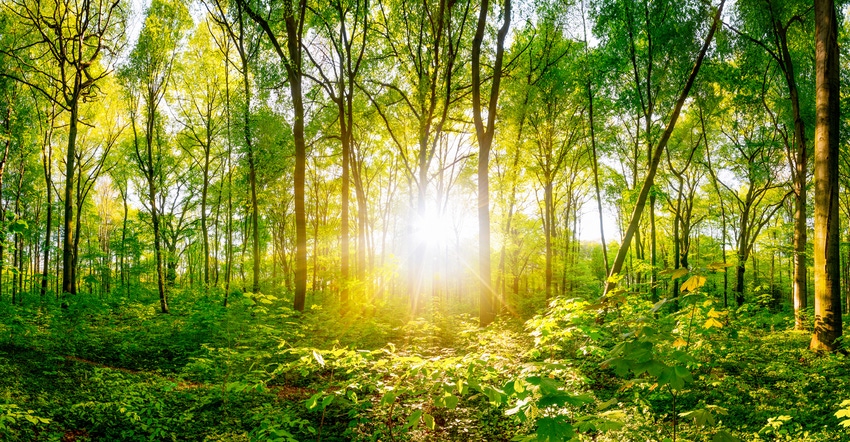July 16, 2021

Much like the callery pear, Japanese stiltgrass and Japanese chaff flower can spread rapidly and can have serious ecological effects on natural woodlands and riparian areas. Here’s more about how to identify these invasive herbaceous plants and their effects on our native flora.
Japanese stiltgrass is a warm-season annual grass that grows rapidly in the midsummer heat, with flowering and seed set occuring in late summer and early fall. Like many invasive plants, it produces large amounts of seed that can be carried in soil or mud attached to shoes, car tires, farm implements and more. Even though Japanese stiltgrass likes warm weather, it can thrive in a variety of habitats, including dry rocky uplands, open fields and shaded woodland areas, where it is commonly found. Ecologically, it has a negative impact on biodiversity, affects nutrient re-cycling and can even change the behavior of fires.
Japanese stiltgrass first arrived in the U.S. in 1919 and was found in Illinois in the 1960s. Currently, it is found in 28 counties including central and northern Illinois, but it is concentrated in southern counties, particularly along the Ohio River. Once Japanese stiltgrass enters an area, it is very hard to eradicate.
Because of numerous look-alikes, identifying Japanese stiltgrass can be challenging. Being a monocot, the leaves have parallel leaf venation, and later in the season have a white or silver leaf midrib. The leaves are 3 to 4 inches long and a half to three-quarters inch wide. Stiltgrass is easily pulled up compared to perennial grasses, and has aerial or stilted roots. In winter, the plant forms a thick, straw-colored mat on the forest floor.
Japanese chaff flower is an herbaceous perennial with the aboveground plant parts dying back in the winter. This plant can grow 6 to 8 feet in height, but 3 to 4 feet is more common. The leaves are simple and egg-shaped with curved leaf veins, like dogwood leaves, and oppositely arranged on the stem. The flowers, which resemble a “bottle brush,” appear in summer and are on the end of the stems. Each fruit contains a single seed but possesses a pair of stiff bracts that attach very tightly to the fur of animals and human clothing, which can facilitate seed spread.
Like Japanese stiltgrass, Japanese chaff flower can survive in a variety of settings, from shade to dry soils. The plant easily takes over areas such as bottomland forests, wooded riverbanks and ditches, resulting in dense monocultures that shade and outcompete native plants.
Management tactics
Management of these invasive plants is difficult, and it is best to attack them as soon as they are identified to reduce seed production. Use of boot brush stations at trail heads, and cleaning equipment when moving from one field or area to the next can help reduce seed spread. Plant removal by pulling, use of weed whips or mowing can be helpful, but must be done before they flower and set seed. A follow-up herbicide treatment may be necessary to help reduce the seed bank. Be sure to read and follow label directions when applying any pesticide.
For specific recommendations on chemical management of Japanese stiltgrass and Japanese chaff flower, contact your local Extension office or refer to the publication titled “Management of Invasive Plants and Pests of Illinois” by Bethke and Evans.
Miller is a horticulture professor at Joliet Junior College in Joliet, Ill., and a senior research scientist in entomology at The Morton Arboretum in Lisle, Ill. Email your tree questions to him at [email protected]. The opinions of this writer are not necessarily those of Farm Progress/Informa.
About the Author(s)
You May Also Like




